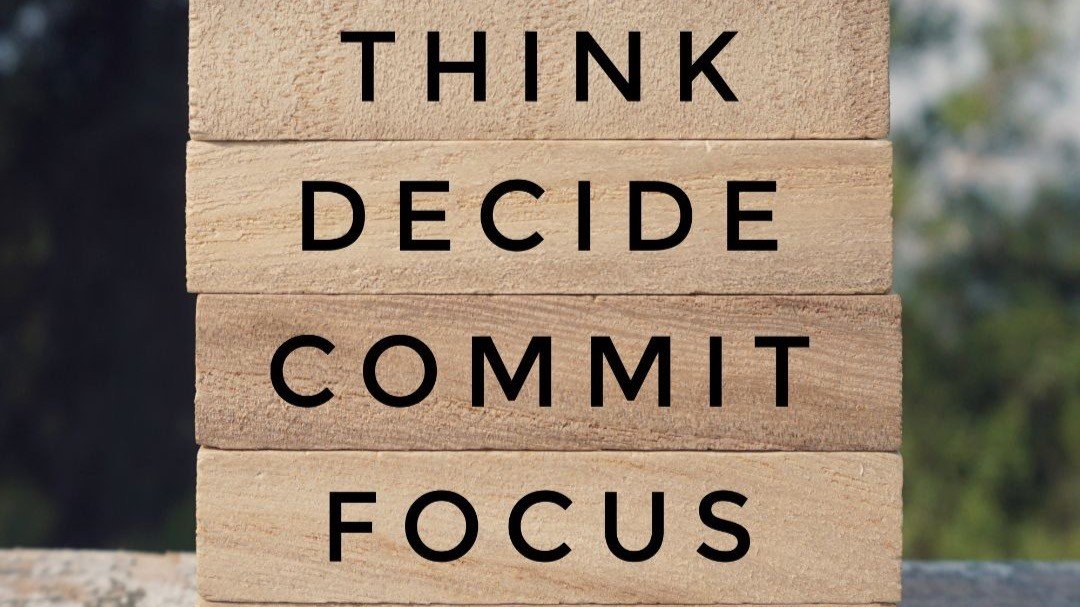Welcome to 2025
And what better to have as the FIRST article of the year than the art of doing the important and urgent stuff!
So here goes...
Mastering the Eisenhower Matrix: The Art of Doing What Matters Most
This is a rhetorical question, I don't know anyone who this doesn't resonate with - Do you ever feel like your to-do list is more like a never-ending wish list? Urgent emails, back-to-back meetings, and the tasks you’d love to tackle (but never seem to get to), it’s easy to confuse busyness with productivity. What's busyness? Have you ever had one of those days when you've not stopped but couldn't for the life of you say what you've spent the day doing? Yeah, me too.
Enter the Eisenhower Matrix—a deceptively simple tool that helps you work smarter, not harder, which I am here for.
Geeky stuff first, named after Dwight D. Eisenhower, who famously said, “What is important is seldom urgent, and what is urgent is seldom important,” the matrix is designed to help you prioritize tasks by breaking them into four quadrants:
Urgent and Important: Do these now.
Important but Not Urgent: Schedule these—this is where strategy lives.
Urgent but Not Important: Delegate where possible.
Neither Urgent nor Important: Ditch them. Yes, really.
So how does it work?
What's cool about the Eisenhower Matrix is that it can be used by individuals to prioritise you're own work but it can also be used by teams too and can be a lifesaver for teams drowning in competing priorities. The caveat is that it needs to be understood and adopted consistently. Imagine a senior leader staring down a mountain of requests: some are last-minute emergencies, others are long-term strategic goals. By plotting these tasks on the matrix, they can quickly decide what needs immediate attention, what can wait, and what shouldn’t be on their desk at all.
Here’s a practical example:
Urgent & Important: A critical client issue threatening a major contract
Important but Not Urgent: Developing a new onboarding program for employees (a key to long-term success)
Urgent but Not Important: Organising this week’s team lunch (fun but not mission-critical—delegate it!)
Neither: Scrolling LinkedIn for “just five minutes” (we’ve all been there)
When can you use it?
The beauty of the Eisenhower Matrix is its versatility. Whether you’re a leader managing multiple projects, an HR professional juggling people priorities, or just trying to stop your inbox from running your life, the matrix can be your guide.
But it’s not just about the tasks you tackle—it’s also about the ones you let go. A question worth pondering: What’s taking up space on your plate that doesn’t belong there? And how would it feel to finally let it go?
Here’s my thinking: Prioritisation isn’t just about work. Ever heard of the "big rocks" analogy? It’s about figuring out the most important things in your life (the rocks), putting them in your jar first, and letting the smaller stuff (pebbles and sand) fill the gaps. The matrix? It’s a way to find your rocks and make sure they don’t get buried under the sandstorm of urgency, and let's be honest, we all get weighed down and stuck in the weeds every now and again!
Getting Started
If you're thinking about it being a new year, and wanting to start off the year right, here's now I'd use it.
Decide between whether you're going to do it for work or home. I wouldn't advise putting both on the same matrix - but you could do one for each if you're feeling particularly fancy ;)
Write a list of all of those things that are taking us space in your world, just a list right now, you don't need to do anything with it just yet.
Once you've got that list draw yourself a 4 quadrant box - you can find a template for one here: https://timvandevall.com/templates/eisenhower-matrix-time-management-matrix/
Using the definitions above go down your list and start to sort your tasks into the quadrants. If you're not sure, it's probably not important/urgent. Here's mine for this week...
Why This Matters
Tools like the Eisenhower Matrix don’t just help us manage tasks; they change how we lead, how we work, and how we live. If you’re wondering how to take prioritisation from theory to practice in your organisation, just start. Models are only as good as the person using them and this one might not be the right one for you. But what if it is? And what if you could kick off 2025 with a really clear method of prioritisation?
For now though, toodles!



